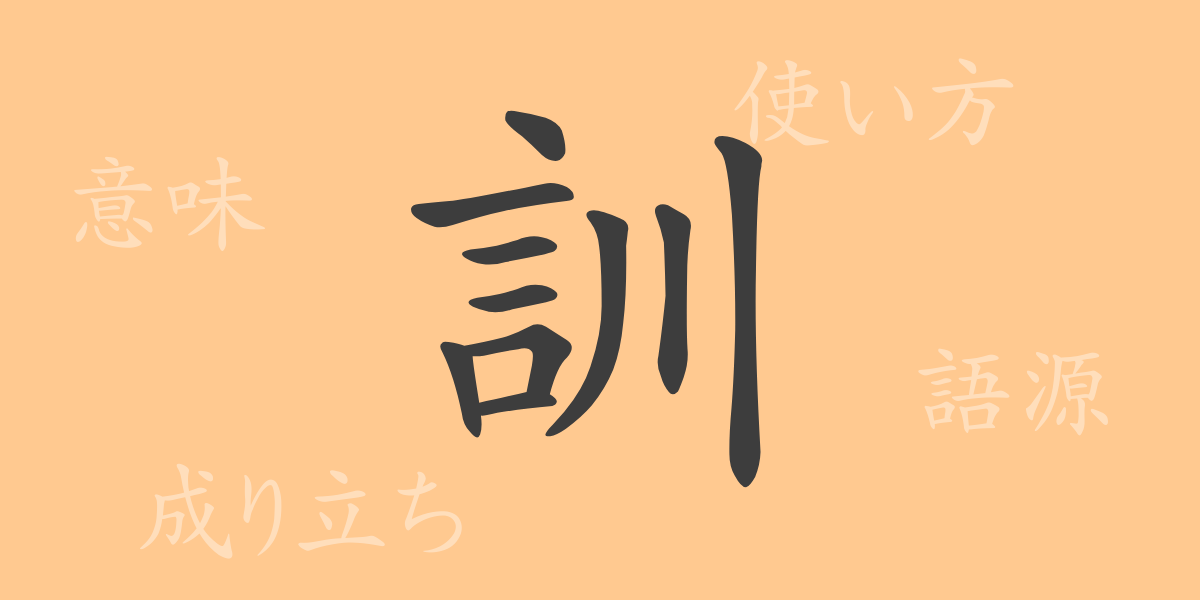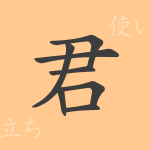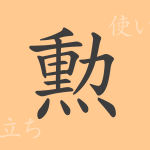In Japanese, kanji characters possess unique readings and deep meanings that reflect the richness of Japanese culture and language. One of the commonly used kanji, “訓(くん),” holds particular interest for learners of Japanese due to its meanings and applications. This article delves into the origins, meanings, uses, readings, and expressions involving “訓(くん),” offering a comprehensive understanding of this character.
Origin of 訓(くん) (Etymology)
The kanji “訓(くん)” originated in ancient China, initially meaning “to teach words.” Used in the context of education and instruction, this character acquired additional nuances when it was introduced to Japan. Its structure combines “言(ことば),” which represents words, and “川(かわ),” symbolizing the flow of content, highlighting the importance of conveying words smoothly.
Meanings and Uses of 訓(くん)
The kanji “訓(くん)” means “teaching” or “instruction” and is mainly used in educational contexts in Japanese. It is familiar as a term in kanji reading, such as in “訓読み(くんよみ),” which refers to the native Japanese reading of kanji. “訓(くん)” is often used when teaching individuals or groups, emphasizing moral or ethical values.
Readings, Stroke Count, and Radical of 訓(くん)
The kanji “訓(くん)” has the following characteristics in its readings, stroke count, and radical:
- Readings: On’yomi (Chinese reading) – “クン(くん)”; it does not have a Kun’yomi (Japanese reading).
- Stroke count: “訓(くん)” has 10 strokes.
- Radical: The radical is 言(ことばへん), which means “words” or “speech.”
Idioms, Expressions, and Proverbs Using 訓(くん)
There are numerous idioms, expressions, and proverbs in Japanese that include “訓(くん).” Here are some examples:
- 訓練(くんれん): The process of acquiring skills or knowledge through repeated practice.
- 訓示(くんじ): Instructions or teachings, or the act of giving such teachings.
- 訓戒(くんかい): Guiding and admonishing as part of instruction.
- 教訓(きょうくん): Words of wisdom or moral guidance that serve as life lessons.
Conclusion on 訓(くん)
The kanji “訓(くん)” is a vital character that signifies teaching and instruction, integral to understanding the educational and cultural aspects of the Japanese language. Its unique feature of having only an On’yomi (Chinese reading), its fundamental meaning of conveying words, and its frequent use in idioms and expressions related to education and training all symbolize the depth of Japanese language. For learners of Japanese, understanding the background of such kanji enriches their comprehension of the language’s meanings.

























